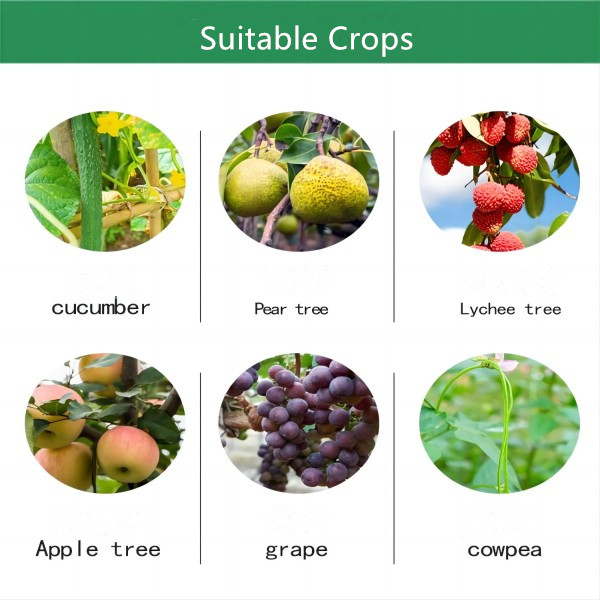
Dec . 16, 2024 20:23 Back to list
famous azoxystrobin 11 tebuconazole 18.3 sc
The Role of Azoxystrobin and Tebuconazole in Modern Agriculture
In the ever-evolving landscape of agriculture, the need for effective crop protection solutions is paramount. Among the arsenal of fungicides, Azoxystrobin and Tebuconazole stand out for their potent applications against a wide range of fungal pathogens. As a combined formulation, Azoxystrobin 11% and Tebuconazole 18.3% SC has gained notable traction among farmers and agronomists for its efficacy and ease of use. This article delves into the significance of this combination in enhancing crop health and productivity.
Understanding the Components
Azoxystrobin, a member of the strobilurin class of fungicides, is renowned for its systemic properties and broad-spectrum activity. It functions by inhibiting mitochondrial respiration in fungi, effectively stopping their growth and spreading. Azoxystrobin is particularly effective against various crops, including cereals, grapes, and vegetables, protecting them from diseases like powdery mildew, leaf spot, and botrytis.
On the other hand, Tebuconazole belongs to the triazole family and is also systemic in nature. It works by disrupting the synthesis of ergosterol, an essential component of fungal cell membranes. Tebuconazole offers robust control over diseases such as rust, blight, and various other fungal pathogens affecting crops like wheat and barley.
When combined, Azoxystrobin and Tebuconazole offer a synergistic effect that enhances their individual strengths while mitigating weaknesses. This dual-action formulation not only broadens the spectrum of diseases controlled but also slows down the development of resistant fungal strains, a growing concern in crop management.
Enhanced Efficacy Against Fungal Diseases
The co-formulation of 11% Azoxystrobin and 18.3% Tebuconazole provides a powerful tool for farmers facing increasingly challenging conditions due to climate change and shifting pest populations. The dual action allows for effective management of both foliar and soil-borne fungal diseases. This versatility is crucial in maintaining crop yield and quality.
Field trials have demonstrated that this combination significantly reduces disease incidence and severity, leading to better overall plant health. By protecting crops at critical growth stages, farmers can ensure higher yields and better-quality produce. This is particularly important for commercial agriculture, where even small improvements in yield can lead to substantial economic benefits.
famous azoxystrobin 11 tebuconazole 18.3 sc

Integrated Pest Management (IPM) Support
The use of Azoxystrobin and Tebuconazole fits well into Integrated Pest Management (IPM) strategies, which emphasize the use of multiple control methods to manage pests sustainably. This combination allows for reduced reliance on single-mode fungicides, helping to preserve beneficial microorganisms in the soil and promote a healthier ecosystem.
In an IPM context, these fungicides can be part of a broader strategy that includes cultural practices, crop rotation, and the use of resistant plant varieties. The judicious application of Azoxystrobin and Tebuconazole can help farmers reduce overall pesticide use while maintaining effective control over fungal diseases.
Safety and Environmental Impact
Another significant benefit of using Azoxystrobin and Tebuconazole is their relatively favorable safety profile when used according to label instructions. With increasing scrutiny on agricultural chemicals, farmers are keen to products that offer efficacy while minimizing risks to human health and the environment. Regulatory agencies have assessed these fungicides and deemed them safe for use when applied correctly, contributing to sustainable farming practices.
Moreover, they demonstrate lower toxicity to non-target species, making them suitable for use in environments where biodiversity is a concern. This aspect is crucial as agriculture increasingly intersects with conservation efforts.
Conclusion
In conclusion, the combination of Azoxystrobin 11% and Tebuconazole 18.3% SC represents a significant advancement in the fight against agricultural pests and diseases. By harnessing the strengths of both active ingredients, farmers can protect their crops more effectively than ever before. As agriculture continues to face challenges from climate change and increased pest pressure, this dual-action fungicide offers a robust solution that promotes healthy crop development and sustainable farming practices. The integration of such innovative products into crop management strategies will be essential for feeding a growing global population while preserving our environmental resources.
-
Best Abamectin 95% | Top Pesticide for Crop Protection
NewsJul.31,2025
-
Insecticide Spirotetramat 11% + Thiacloprid 11% SC at Good Price
NewsJul.30,2025
-
Best Abamectin SDS - Premium Quality & Reliable Safety Data
NewsJul.29,2025
-
Agrochemicals Pesticides Solutions for Sustainable Farming
NewsJul.29,2025
-
High-Quality Tebuconazole Fungicide for Crop Protection at Best Price
NewsJul.29,2025
-
Chlorfenapyr 8% + Clothianidin 20%SC Pesticide Mixture for Effective Pest Control
NewsJul.28,2025
